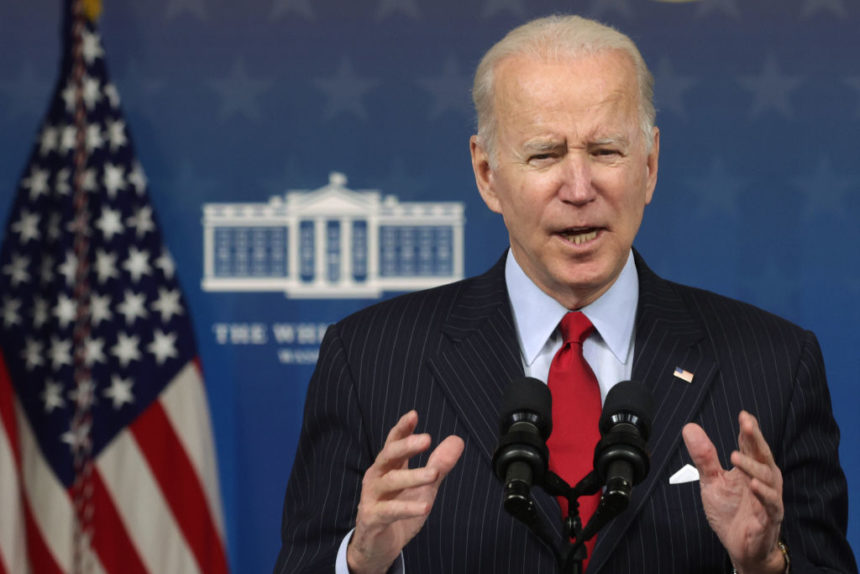Though millions of Americans are set to lose Medicaid coverage with pandemic-era benefits dissolving this spring, the Biden administration is exploring ways to allow Medicaid to cover more than just healthcare costs.
States like Oregon, Arkansas and North Carolina recently received federal approval to launch programs in which their respective Medicaid programs can pay for healthy food for patients who need it. The approach signals an increased embrace of the idea of “food as medicine.”
Such programs bring personalized meals to hospitalized patients or people with specific medical needs, in which a healthy diet is an important part of their healthcare. Meanwhile, other programs provide enrollees with vouchers for healthy food items but not junk food.
This recalibration in function is another step in the evolution of Medicaid from covering solely medical services to addressing the social determinants of health (SDOH). Many healthcare organizations and leaders have said in recent years that targeting SDOH like food insecurity, housing and racial disparities is just as crucial as actual medical treatments in terms of improving the health of patients.
The mission of “food as medicine” is not only to help people develop healthier eating habits as a form of preventive care, but also to reduce medical costs. Research from the Centers for Disease Control and Prevention has shown that people who face food insecurity generally have higher healthcare costs than those that don’t.
Another recent study from Tufts University found that medically-tailored meals that help reduce chronic illnesses could save the U.S. more than $13 billion per year. Such meals are designed specifically to be supplemental to treatment for patients with diabetes, heart failure and even cancer.
It’s a trend that’s “building momentum,” according to advocates for Medicaid food coverage like Rachel Nuzum of the Commonwealth Fund, who recently discussed the topic with The Wall Street Journal.
However, critics argue that it’s unnecessary given the government already provides food safety benefits like SNAP to low-income households.
Still, food insecurity remains a significant problem in the U.S.
According to the U.S. Department of Agriculture, about 10% of U.S. households are food insecure. Among households with children, 12.5% were food insecure in 2021. That amounts to nearly 34 million people in the U.S. living with food insecurity – including 5 million children.
“You have to juggle necessity and relief in the context of healthcare,” explained Sean Granahan, president and general counsel at The Floating Hospital, in a previous interview with MM+M.
Granahan pointed to food insecurity and housing issues like homelessness and eviction as the top issues impacting health in low-income communities.
“Finding the right type of food and addressing the effects of the wrong types of food goes along with combating the usual colds, flus, mental health issues and trauma,” Granahan said. “There’s a lot of money in the corporate world being funded into [medical] solutions, but solutions don’t put a sandwich in a kid’s belly when they come into the hospital hungry.”
One example of federally-approved “food as medicine” via Medicaid lies in Arkansas. In November, the Centers for Medicare and Medicaid Services approved an amendment to Arkansas’ Medicaid program that would “test innovative interventions to address housing and food insecurity, as well as other critical health-related social needs.”
That approval followed similar ones in Arizona, Massachusetts and Oregon, and was cited as being a key element of the Biden administration’s larger strategy on hunger, nutrition and health.
As another example, Massachusetts allows its Medicaid program to cover home-delivered meals for up to six months, as well as medically-tailored food for patients with chronic diseases.
In addition to food, some Medicaid pilot programs have also begun experimenting with the option of paying for air conditioners to battle heat as well as filtration devices to improve air quality.
“Lack of stable housing and nutrition can impede the ability to enroll in healthcare coverage and access needed care,” the Department of Health and Human Services stated. “This can create physical, social or emotional distress that fuels the cycle of health inequity.”







